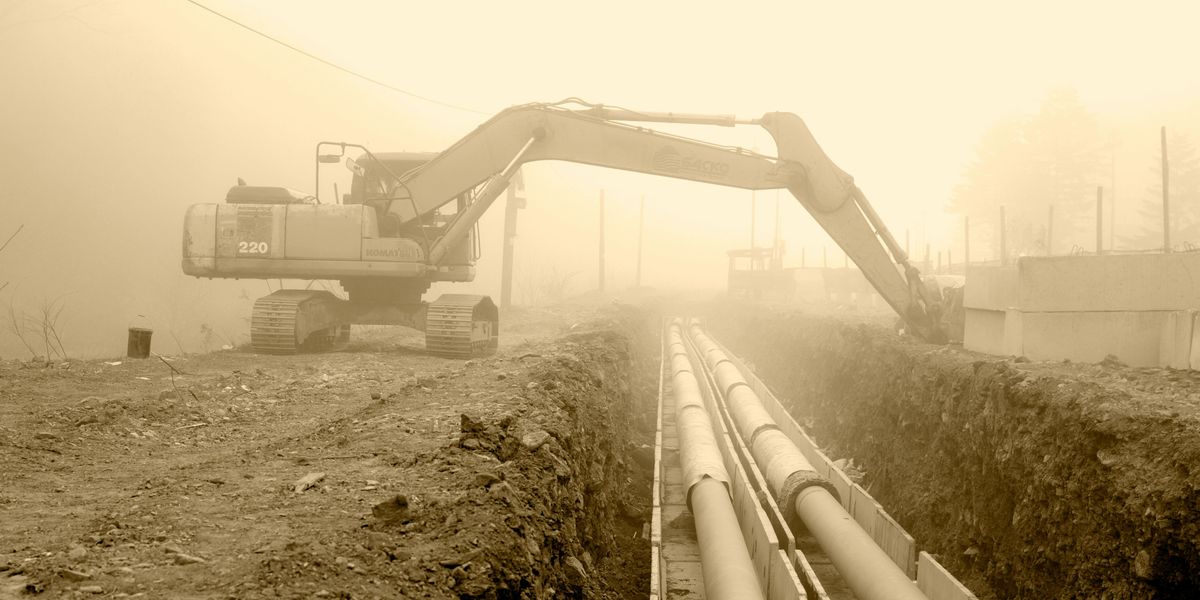
Navajo Nation residents caught off guard as hydrogen pipeline shifts to natural gas
A pipeline once pitched as a green energy lifeline through the Navajo Nation will now carry climate-warming natural gas, sparking frustration and confusion among community members and local officials.
Jerry Redfern reports for Capital & Main.
In short:
- Tallgrass Energy, originally promoting a hydrogen pipeline across the Navajo Nation, now plans to use it for natural gas, possibly blending hydrogen later. The company made the change without informing tribal leaders until after the decision was made.
- Tribal advocates and local critics question both the environmental implications and the authenticity of community engagement, noting the region’s history of fossil fuel development with limited local benefit.
- Politicians and business interests have backed the project, but some endorsements appear orchestrated and disconnected from tribal consultation, raising concerns over transparency and equity.
Key quote:
“You can’t find a successful major carbon capture and storage [project].”
— Joe Romm, Penn Center for Science, Sustainability and the Media
Why this matters:
Methane leaks during natural gas production and transport are common and potent. Even when burned, natural gas releases CO₂, contributing to global warming. Pairing it with hydrogen doesn’t erase these impacts, especially since most hydrogen today is made using fossil fuels — a process that also emits carbon. Carbon capture and storage, the method proposed to mitigate these emissions, has a spotty track record and remains costly and technically challenging. For communities like the Navajo Nation, already burdened by a century of extractive energy projects that left behind pollution and poverty, the pivot from clean hydrogen to natural gas raises familiar questions. Who benefits, and who bears the costs?
Learn more: Hydrogen energy projects set to transform New Mexico













